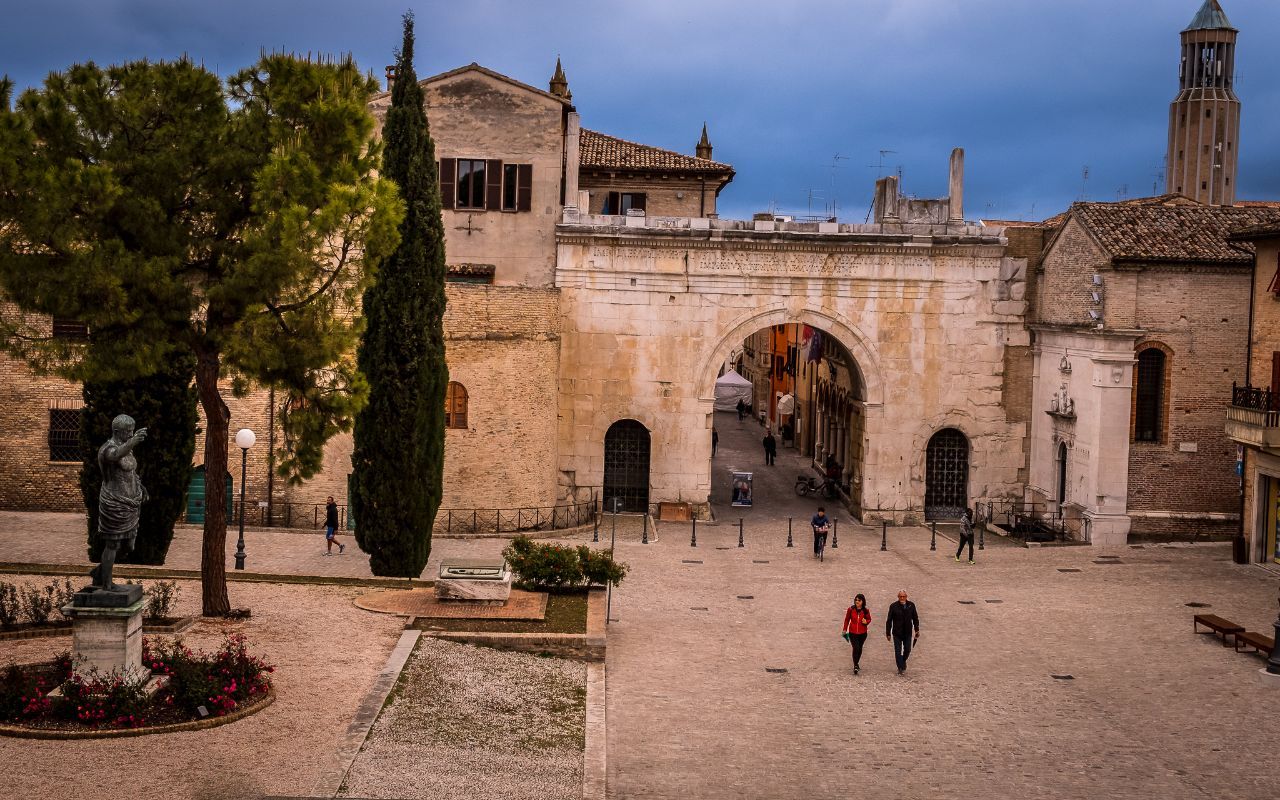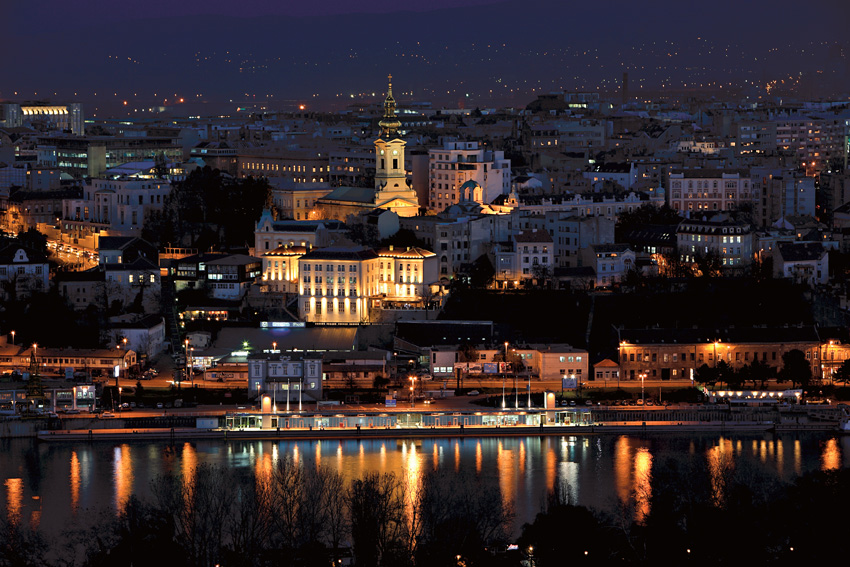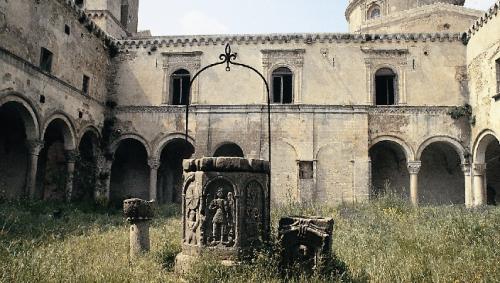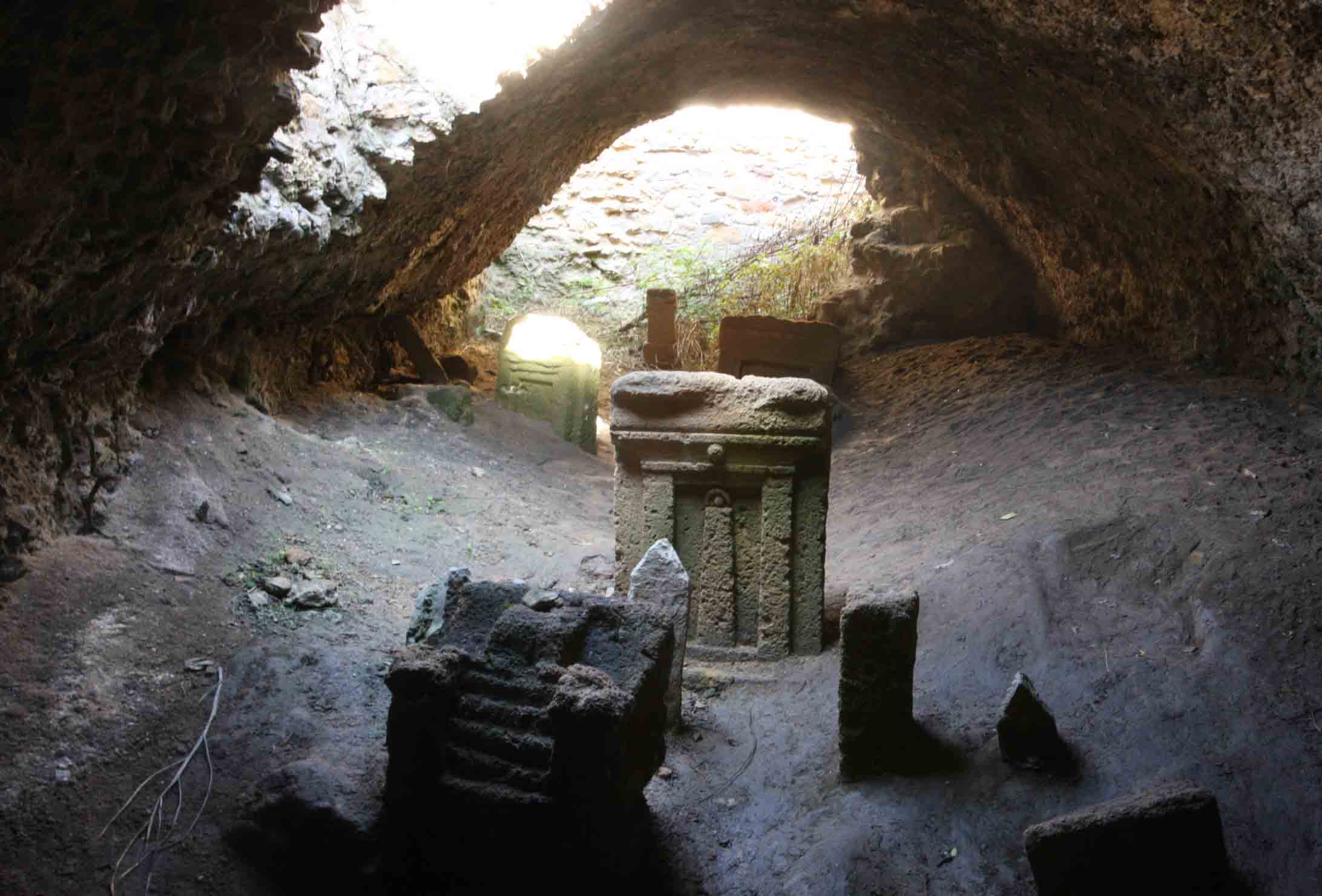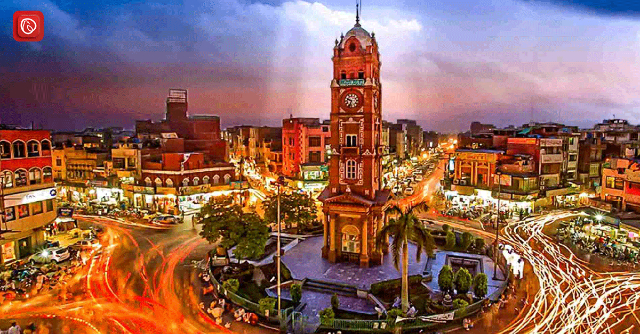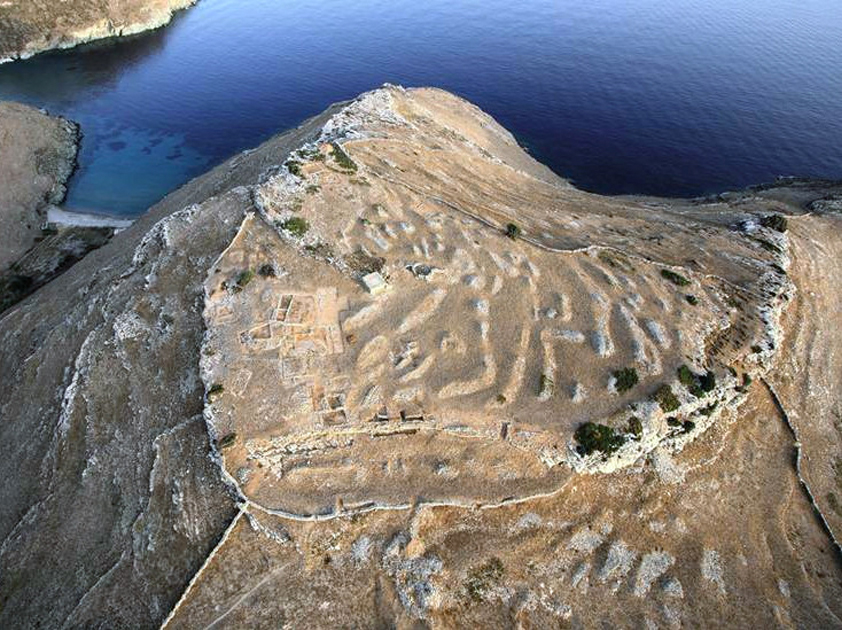Always a symbol of the city of Fano, it was in Roman times the main gateway to the Colonia Julia Fanestris, deducted by the Emperor Augustus on the site of a settlement developed around the republican Fanum Fortunae (temple dedicated to the Goddess Fortuna).
Built at the point where the Via Flaminia joins the city’s Decumanus Maximus, the monument dates, via the frieze inscription, to 9 AD.
Made externally of squared blocks of Istrian stone, the Porta is divided into two minor side fornixes and a major central fornix: the keystone of the latter is decorated with a representation of an animal that is no longer recognizable.
The stones from the attic, demolished by the Duke of Urbino Federico da Montefeltro in 1463, were reused in the construction of the adjacent church of San Michele.
